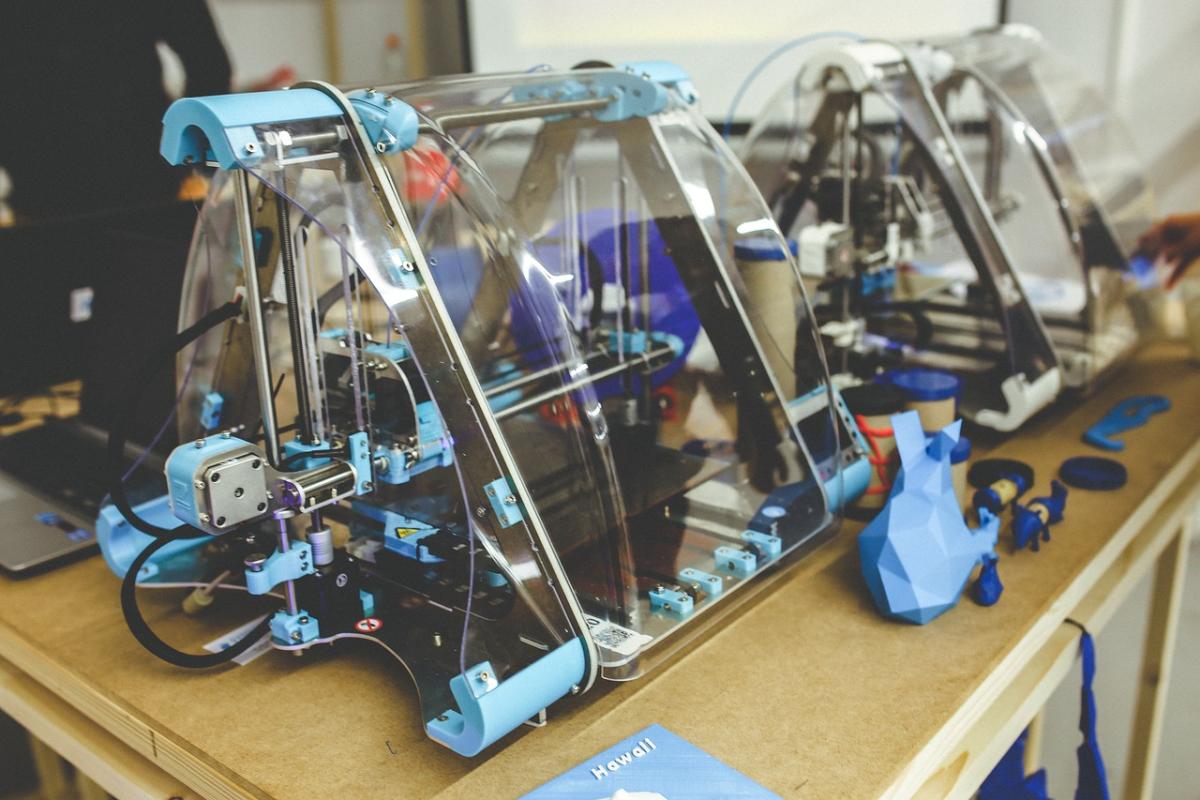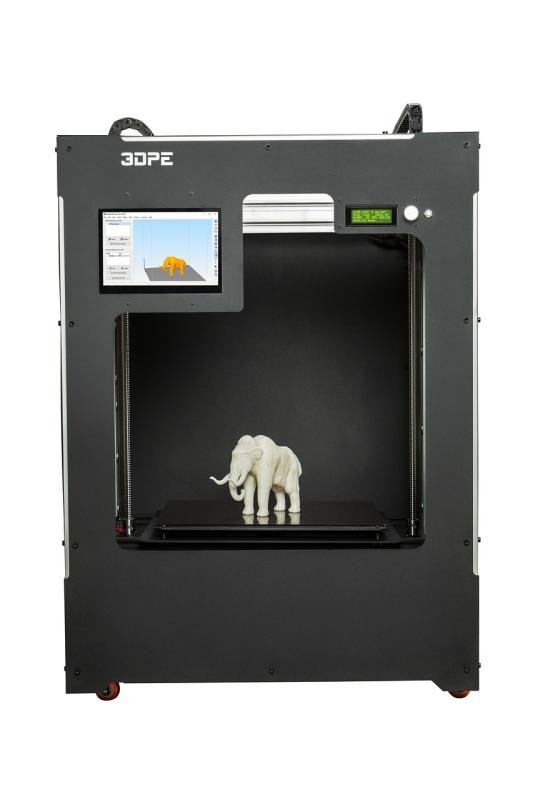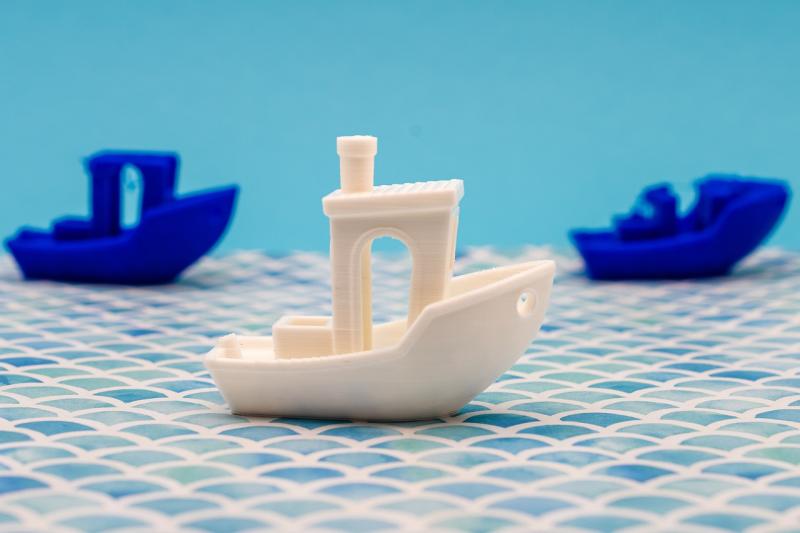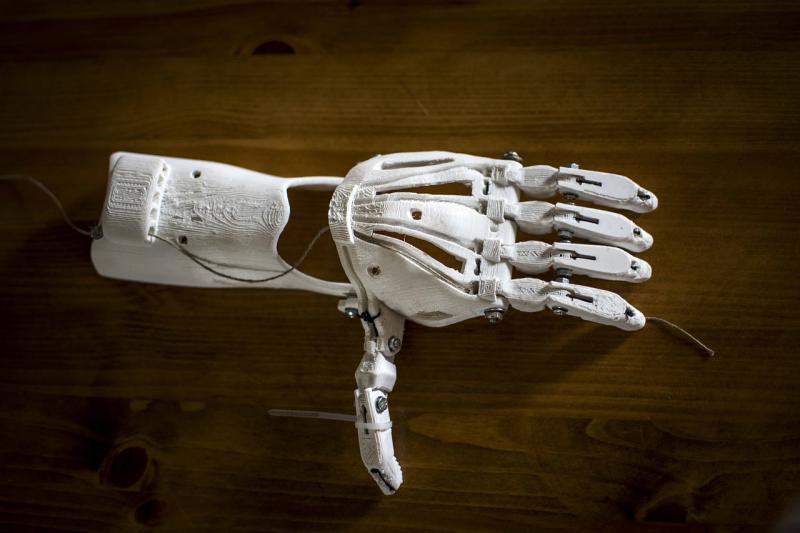3D printing with resin is an exciting technique that opens up a world of possibilities for creators and hobbyists alike. Unlike traditional filament printing, which uses materials like PLA or ABS, resin printing involves a liquid photopolymer that hardens when exposed to ultraviolet (UV) light. This process allows for incredible detail and smooth finishes, making it a popular choice for intricate designs and prototypes.
There are different types of resin available, each tailored for specific applications. For instance, standard resin is great for general modeling and prints with impressive clarity. However, if you need something more durable, there are tough resins that can withstand greater stress or impact. For those who want to add a touch of realism to their creations, you can find specialty resins that mimic materials like metal or glass, providing unique aesthetics and textures.
The process of resin printing typically involves a printer with a vat of liquid resin, where an LCD screen or laser selectively hardens the resin layer by layer. This method allows for finer details than many filament printers can achieve. While resin printing can be more cost-prohibitive due to the price of the resin and the printer, the results often justify the investment, especially for high-end applications such as jewelry making or dental models.
Safety is an essential aspect to consider when working with resin. Many resins can emit fumes that are harmful if inhaled, so it’s crucial to operate in a well-ventilated area. Additionally, wearing gloves and eye protection is recommended to prevent skin contact. By being mindful of these precautions, you can enjoy the creative freedom that resin printing offers while staying safe.
Key Characteristics of Different Resins
When diving into the world of 3D printing, you'll find that the resin you choose can significantly affect the quality and properties of your final product. There are several key characteristics that define different types of resins, each catering to varying needs and applications. Understanding these characteristics is essential for selecting the right resin for your project.
One of the most common types of resin used in 3D printing is standard resin. This type is known for its excellent detail and smooth finish, making it perfect for creating intricate models and prototypes. However, it can be relatively brittle, meaning it's not the best choice for items that require durability or flexibility. Standard resin shines in applications like figurines, dental models, and detailed architectural designs.
For those needing a more robust material, tough resin is an excellent alternative. This resin is specifically engineered to offer enhanced strength and impact resistance, making it suitable for functional parts and prototypes that may be subjected to stress. It maintains some of the fine detail achievable with standard resin while providing greater durability, perfect for mechanical parts or tools.
Flexible resin, on the other hand, offers a completely different characteristic. As its name suggests, this resin allows for a certain degree of bend and compression, making it ideal for applications where flexibility is essential. This type of resin can be used to create wearable items, soft toys, or seals and gaskets that need to conform to other surfaces without breaking.
Lastly, castable resin plays a crucial role in the jewelry and dental industries. This resin is designed for investment casting, producing high-precision patterns that can be easily melted away in the casting process. It allows artisans to create intricate designs that can be turned into metal finished pieces, showcasing its ability to replicate fine details while being heat-resistant.
Benefits of Using Resin Materials
Resin materials have gained immense popularity in the world of 3D printing, offering unique advantages that set them apart from traditional filament options. One of the most significant benefits of using resin is the ability to produce high-resolution prints with incredible detail. The photopolymerization process allows for the creation of intricate designs and fine features that are often difficult to achieve with standard filament, making resin ideal for applications like jewelry, dental models, and miniatures.
Another major advantage is the speed of printing. Many resin printers utilize advanced technology, which can result in faster print times compared to traditional extrusion methods. This efficiency not only saves time but also allows for rapid prototyping, enabling designers and engineers to iterate on their ideas more quickly. This feature is particularly beneficial in industries where time to market is critical.
Additionally, resin materials often offer superior mechanical properties. Many are designed to be strong, durable, and resistant to wear, making them suitable for functional prototypes and end-use parts. Some specialty resins can even replicate the look and feel of various materials, providing options for projects that require impact resistance or flexibility.
Lastly, the finishing possibilities with resin prints are extensive. After printing, parts can be easily sanded, painted, or polished to achieve a professional appearance. This versatility allows creators to add their personal touch to their projects or to fine-tune the physical characteristics of their prints, making resin a popular choice among artists and hobbyists alike.
Choosing the Right Resin for You
When it comes to 3D printing, selecting the right resin can make a significant difference in the quality of your final product. With so many varieties available, it's essential to understand the unique properties of each type to find the best fit for your project. Consider factors such as your desired finish, durability, and the specific application of the printed object.
Firstly, if you're looking for a resin that produces beautiful, high-detail prints, standard resins are a great starting point. These resins are ideal for anything from miniature figurines to intricate prototypes. They provide excellent clarity and fine detail, making them perfect for artistic projects. However, while they excel in detail, they may not offer the best durability for functional parts.
For those needing more robust prints, consider tough or durable resins. These are engineered to withstand physical stress and are perfect for functional prototypes and parts that will be subject to wear and tear. If you plan to use your printed items in real-world applications, investing in a durable resin can pay off by prolonging the lifespan of your creations.
If you want something unique, specialty resins offer exciting options. There are options for flexible resins that mimic rubber, allowing for pliable prints, as well as castable resins for jewelry making and other applications that require a clean burn-out. Each specialty resin has its own distinct characteristics and can open up new creative avenues for your designs.
Ultimately, the decision on which resin to choose depends on your specific needs and the nature of your projects. Taking the time to research and experiment with different types of resins will help you discover the best materials for your 3D printing journey. Whether you're a beginner or an experienced printer, the right resin can elevate your work to the next level.



